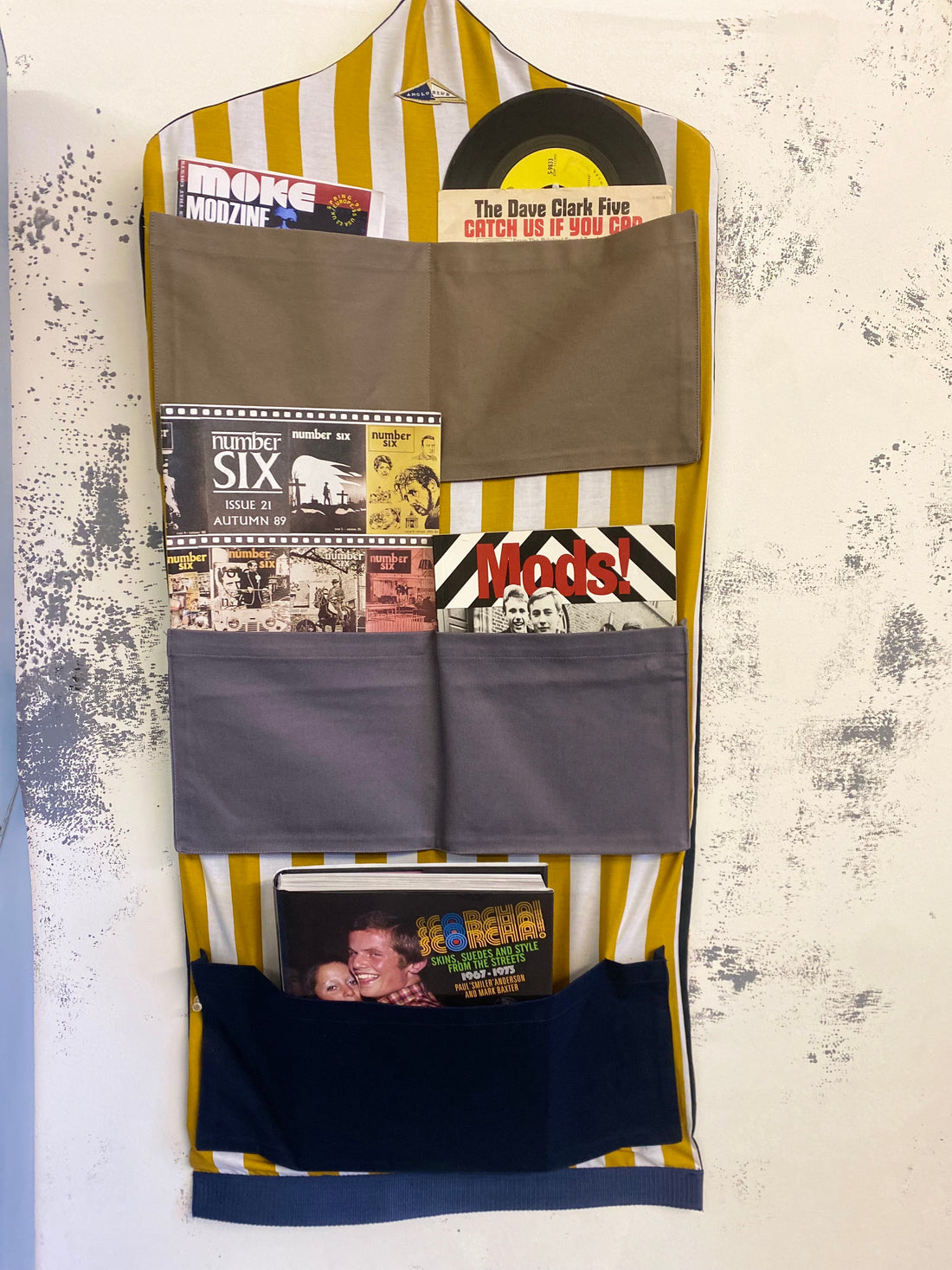
Mini Moke
The Mini Moke was made by British Motor Corporation in Cowley Oxfordshire around 1964, designed by my favourite Greek, Birmingham residing motor engineer Sir Alexander Arnold Constantine Issigonis. The name Moke is 19th century slang for a donkey. The French company Citroen also made a similar car called Mehari (four years after the Moke in 1968) which stems from Dromedary a camel, another 'workhorse' animal giving the notion that these were all terrain hardy vehicles.

The Moke had originally been designed with military use in mind, a lightweight vehicle that could be parachuted directly into action. Alas its low ride height rendered it useless in a rugged battle field. The chassis, engine, iconic front grill, pretty much all of it was based on the original Austin Mini made up the road from Cowley in Longbridge Birmingham. I know all about the clearance of a mini, I get marooned on some of the 'speed bumps' in Hackney at least thrice a year. The Mini Moke did get a few orders from the Navy to use on airport carriers as the deck of a ship is dead flat, ideal for the Moke. And so Austin BMC had to put their thinking cap back on as to how to market the Mini Moke.
They decided to market it as a car without any reason for being except for fun, as if the Mini did not tick that box already. The Mini Moke had no doors, windows and drop windscreen- its like a Dinghy with wheels. You may have heard it rains a little in the U.K and so the vast majority winged their way over to Barbados, Australia etc but you could buy clip on vinyl weather proof screens. In the 1960's you could see Mini Mokes squelching down British country lanes and city streets off on a jolly.
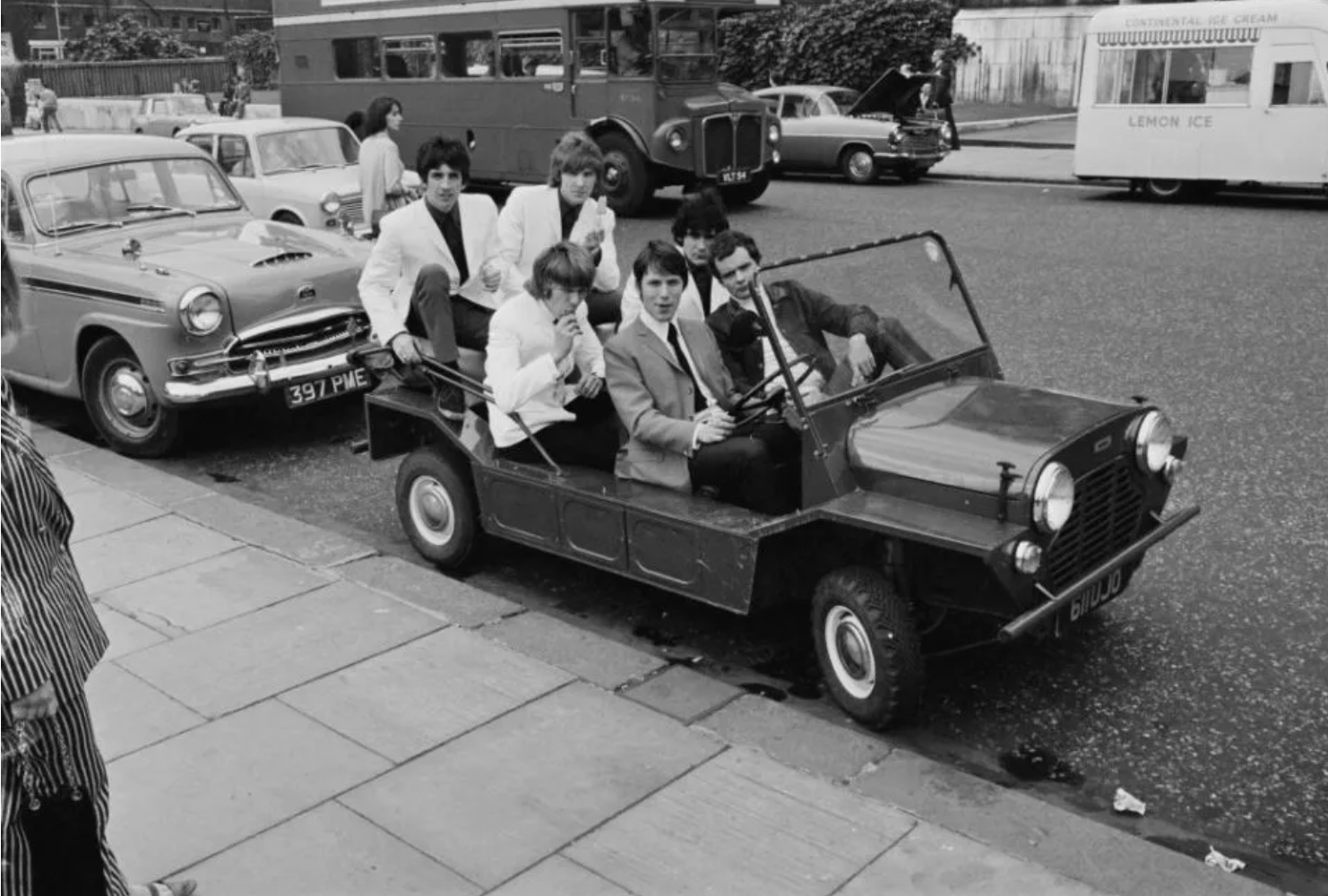
Without doubt the turning point for its cool heightened interest is its continual appearance in the television series of 1967 The Prisoner, the Anglozine inspiration this season.

Sure the Lotus 7 in the intro of the opening credits was suave but the Moke became a character of the show.

Bombing around the Island village in a golf cart on Dafuske Island South Carolina (the only vehicles allowed there) this last Spring and a brief jaunt in a Moke on Ile de Re France recently really gave me a sense of freedom, which considering the premise of The Prisoner is perhaps why it was selected? Patrick McGoohan considered absolutely every element of the television series nothing was left to chance.
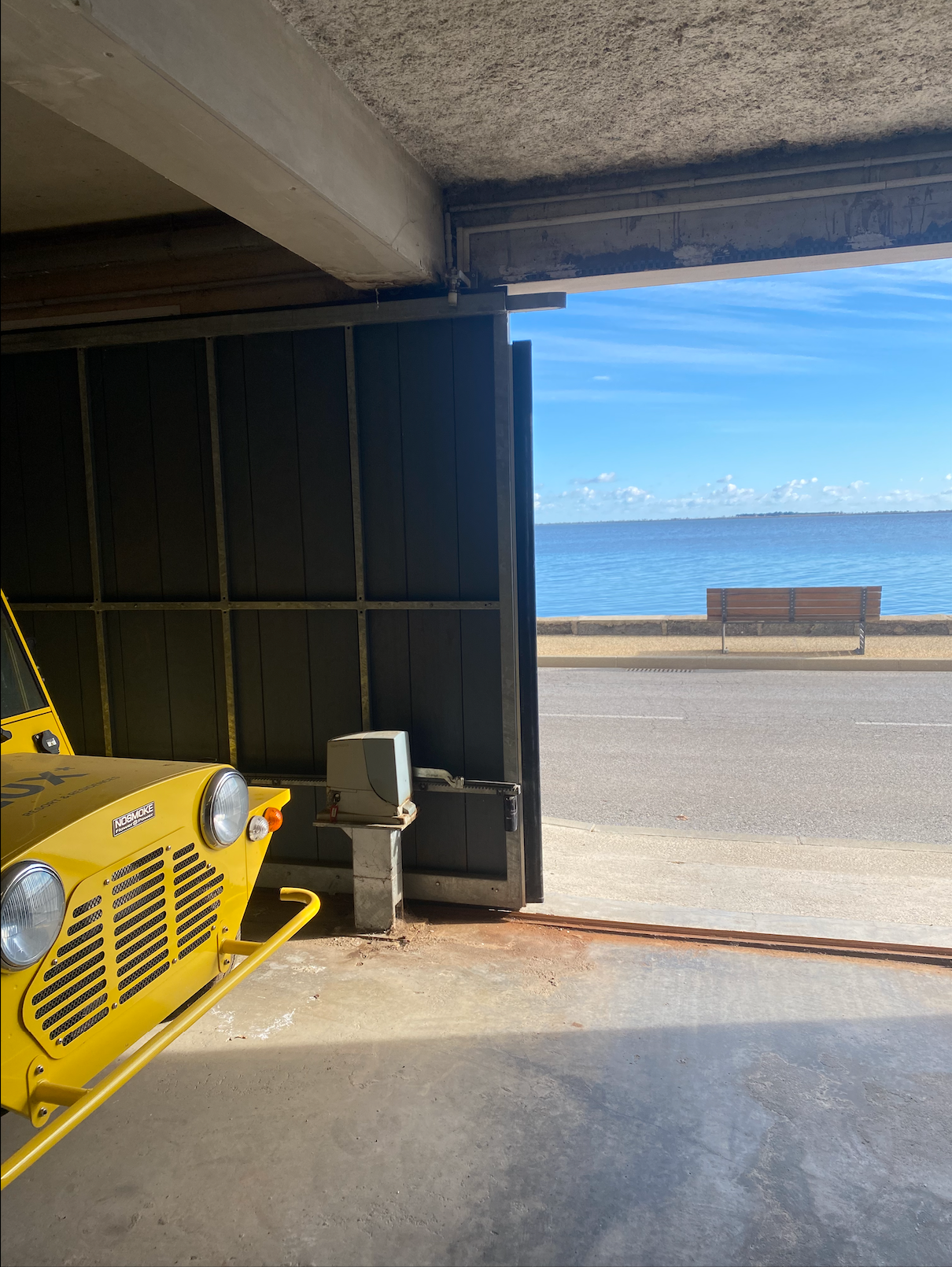
There were four Mokes converted by Mini specialists Wood & Pickett in 1966 with the signature ivory paint scheme and toffee colour stripe canvas trims for the production company. After the end of the series only two of The Prisoner Mokes survived, one ended up in the USA. The other thought lost to the scrap heap was found in a garage in Holland in 2011. It was in a bad way and went through a full nut and bolt restoration and sold at auction after years of refinement for £67,000.00
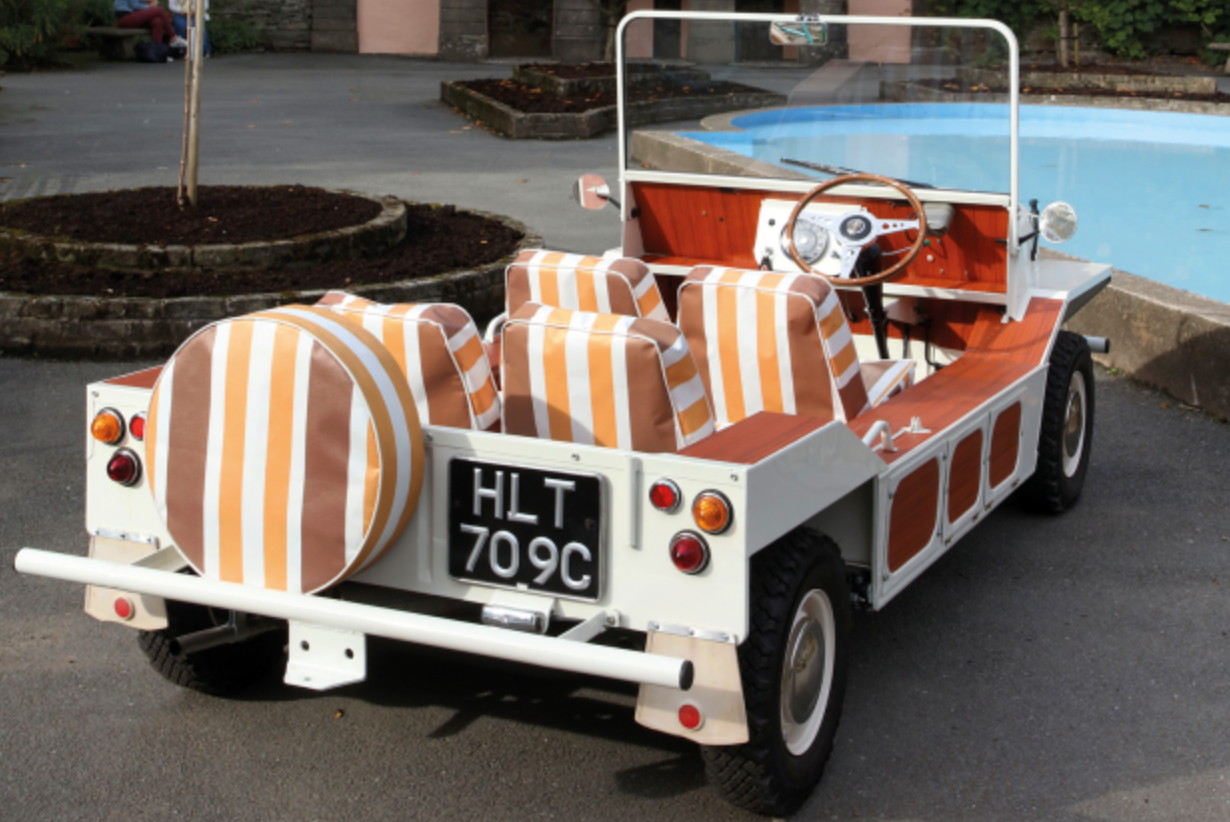
Back in 1966 Capitol Records customised twenty Mini Mokes for The Beach Boys to be used in a radio competition the band also drove Mokes as did Diana Rigg in The Avengers and North London band The Dave Clark Five featured a Moke throughout their film 'Catch Us If You Can' not to be confused with 'Catch Me If You Can' . Other cinematic worthy notes are appearances in four James Bond films, but none are as memorable as the Moke that features in The Prisoner.
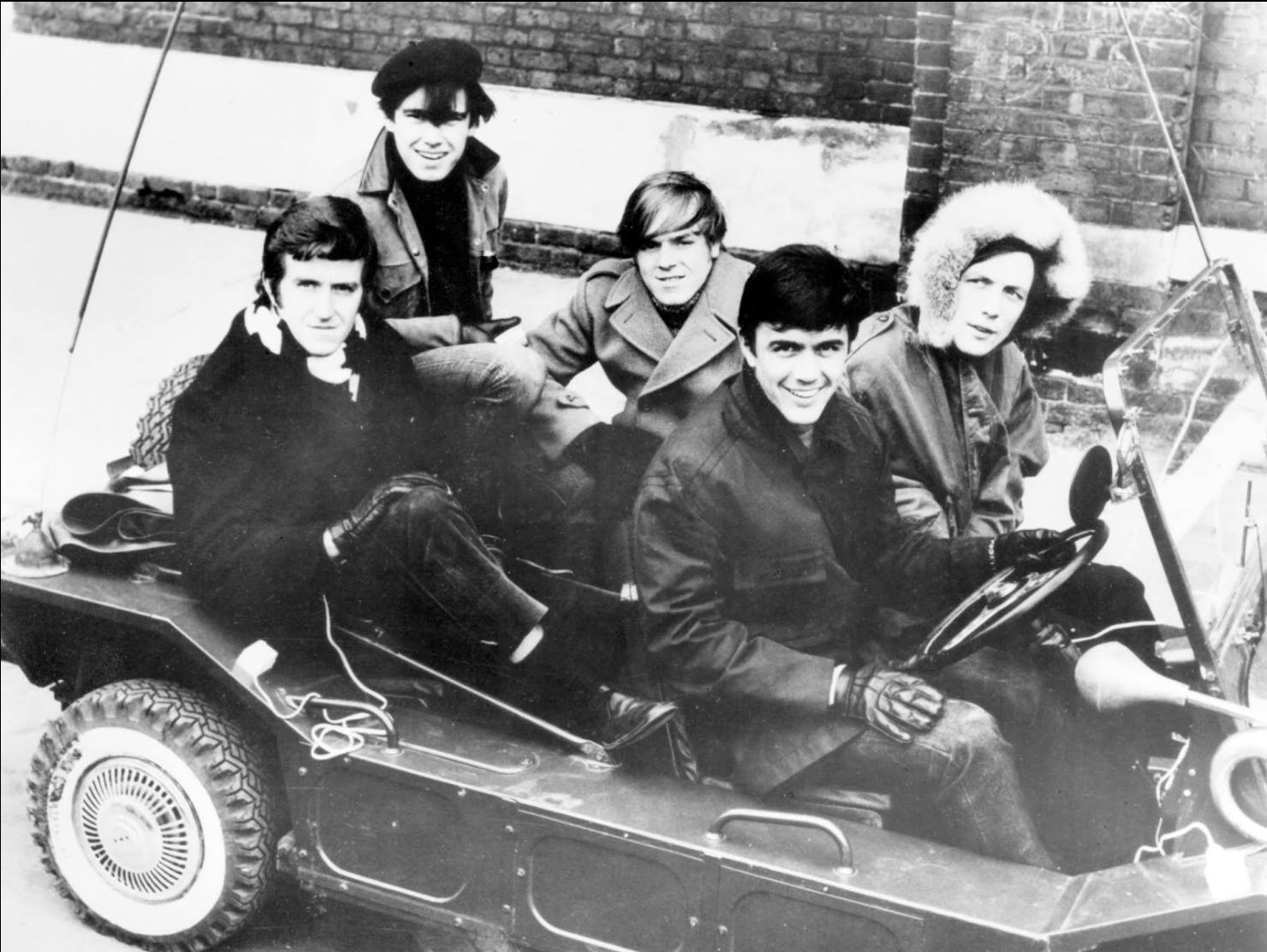
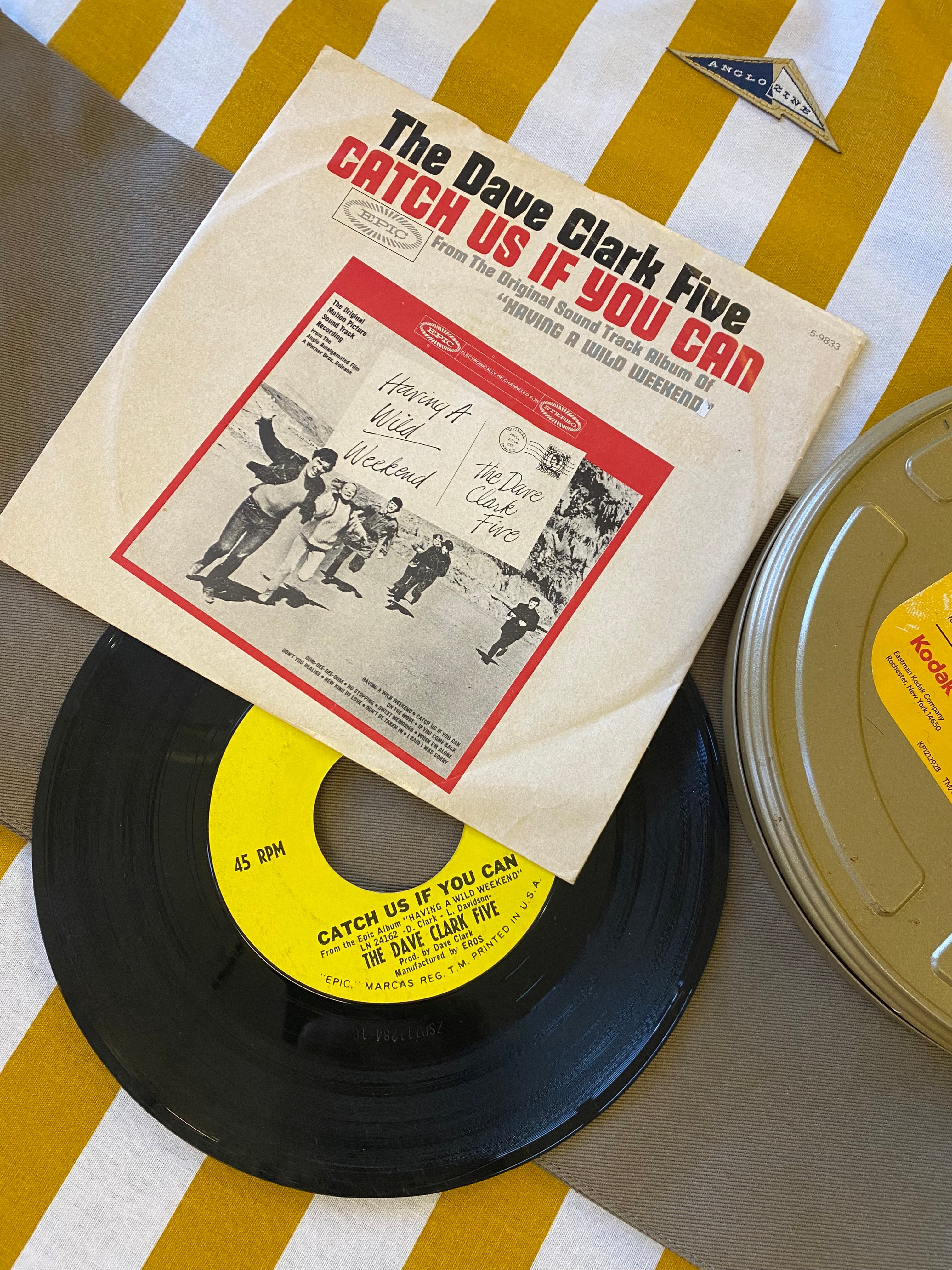
The most dedicated of Mini Moke fan was a young modernist/mod born in Walthamstow East London 2nd September 1945 called John Rowley, later to be known as Johnny Moke or simply as 'Mokey'
John Rowley was one of the original modernists absolutely dedicated to the look and music of the fledgling scene. He went to all the right clubs; Tottenham Royal in the vicinity of the creation of mod (London boroughs of Hackney & Haringey) as we know it today. The Krays were regulars at the Royal and The Dave Clark Five were the house band but the modernists didn't go to listen to them- they were there for the clothes, proper music and have a good time.
John was really well dressed and dedicated to the cause of hunting down the finest continental clothes even hung out in Europe, celebrating his 18th birthday in St Tropez in 1963. Constantly checking out shops for new undiscovered styles to wear in London, flicking through magazines and watching Nouvelle Vague films for style tips and crucial to his rebirth bought cigarettes
"We never smoked, but we'd pose with a Gauloise just to be seen with it" (Telegraph newspaper article 15th May 2009)
Back in Blighty in the 1960's cigarette brands Kensitas and Embassy would include giveaway coupons, much like the swap cards in bubble gum packs we've seen in shops more recently. These coupons could be exchanged for items such as cuddly toys or small electrical goods. The young John Rowley had his heart set on the star prize of a yellow Mini Moke, which was going to be an incredible task especially considering he didn't smoke- you see you needed 195,000 Embassy cigarette cards to get your hands on the Mini Moke.
Full of East London youthful bravado he set about buying, begging, swapping the cards to reach the target amount. After a year of collecting by hook or by crook he reached the required number of cigarette cards to claim the top prize of a Mini Moke.
"One afternoon he found himself with his best friend Willy Deasy, in a van loaded down with bundle upon bundle of cigarette cards. As they stood by watching the ageing official strictly weighing them, a sense of devilment overcame Deasy. He had noticed that every so often the elderly man would turn his back to stack the accounted-for bundles. What harm could it do, if timed right, to nip around, take a few of these and add them to the piles at the front waiting to be counted?"
(Chapter 1 Scorcha skins, suedes and style from the streets 1967-1973 by Paul 'Smiler' Anderson and Mark Baxter Omnibus Press)
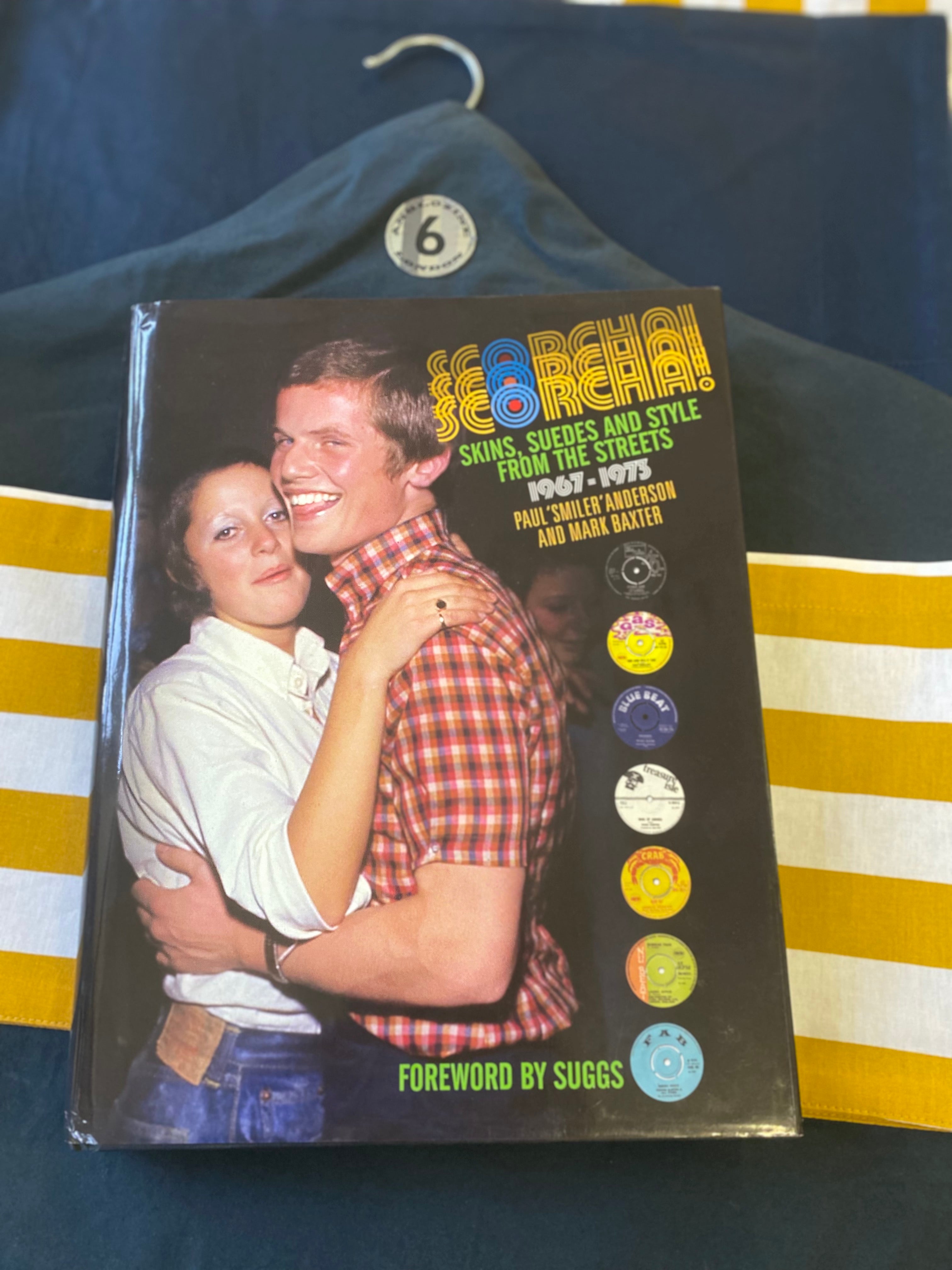
Willys wiley trick meant that John had surpassed the target and so he could not only claim a Mini Moke but an electric kettle and alarm clock to boot! From this day forth John Rowley was known as Johnny Moke and could be seen cruising the streets of London in his prized yellow Moke with red bumpers.
As the mod scene fizzled out Johnny Moke went onto sell antique clothes from the basement of the Kings Road emporium Granny Takes a Trip. He set up another fashion business with Mick Oram called Rowley & Oram at Kensington market. After numerous moves around the London Borough of Kensington & Chelsea a world away from his native East London he had managed to amass a stratospheric address book. His loyal customers included the likes of Bowie, Hendrix and The Rolling Stones and their entourage.
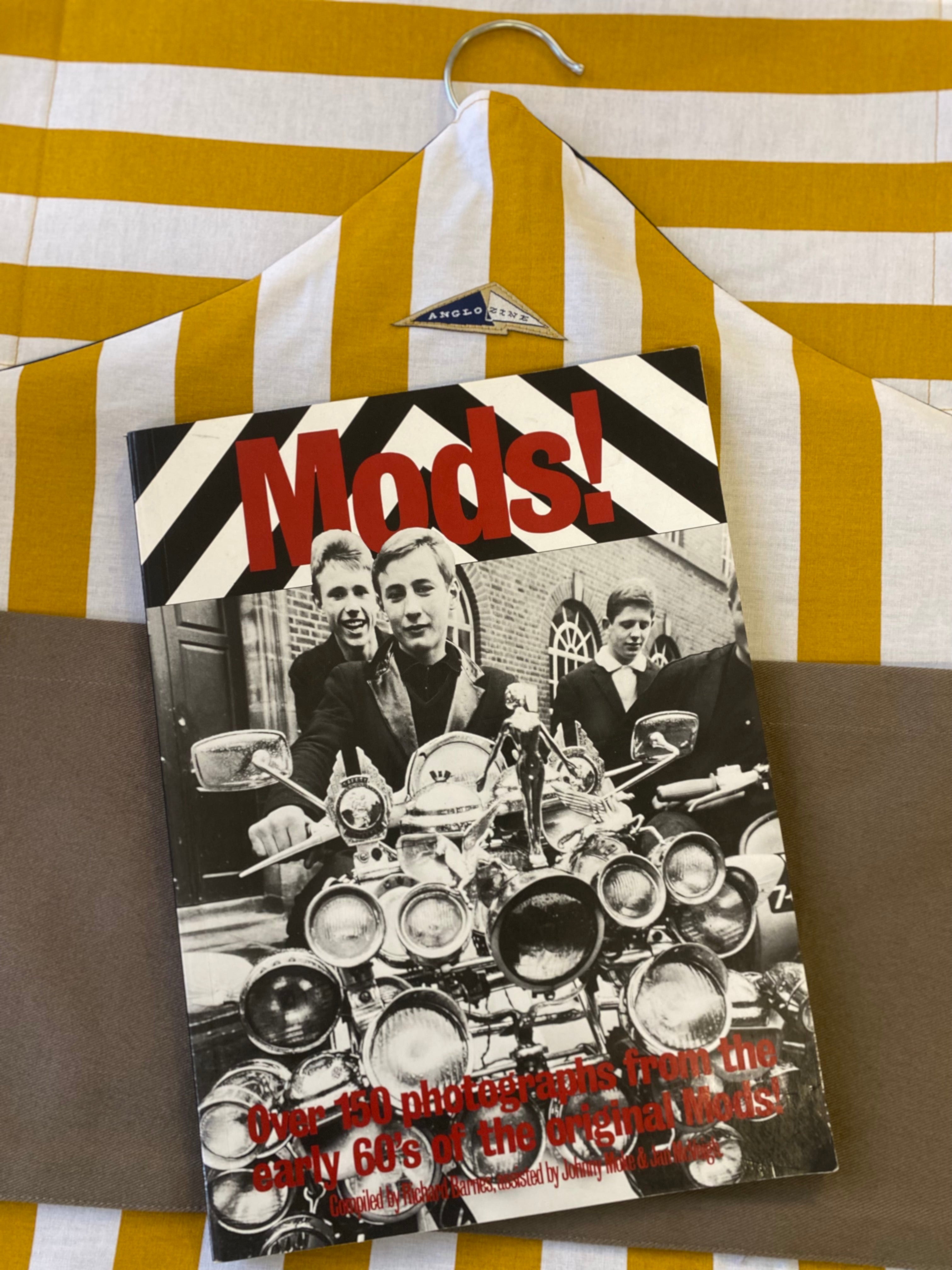
There have been tons of books written on the mod, modernist, soul stylist scene call it what you will in the last decade. But perhaps the most iconic has been Mods! by Richard Barnes - one time flat mate of The Who. The best part of the book are the interview excerpts from Johnny Moke and he is rightfully credited on the cover of the book. Published in 1978 this perfectly coincided with the mod revival here in the UK, at a time when there were no books on the subject, I'd go as far to say the music press had absolute disdain for the mod scene at this time.
To this end Moke's insights into the original modernist world was immeasurably important to the revival scene. I have to mention here though that if you were to buy any books on the subject of mod you just need to buy anything by Paul 'Smiler' Anderson, he's a bloody genius.
In the 1970's the now self taught footwear designer opened Johnny Moke at the worlds end of the Kings Road at number 396. His shop gained cult status bringing his ever faithful and growing customers. The changing window displays were a joy in a sea of dire high street dross and became a focal point of the street. By the time I visited the shop in the mid-1990's the black and white interior was striking and there were definite nods to Moke's past stylistic route to the top.
The store ran up until 2002 where the dreaded rates rises forced the shop to close down. The Johnny Moke footwear line kept going and turned out some cool and some unusual styles, I did meet/glimpse the man once at the Pitti Uomo tradeshow in Florence Italy in the early noughties. I took a copy of the Birmingham modzine Moke to show him but never quite plucked up the courage to talk to him. Funnily enough he was surrounded by chic looking menswear buyers smoking cigarettes on his stand.
So BMC's Austin plan worked out for the Moke 'without any reason for being, except for fun'. We certainly don't need any more military vehicles, sod that.

